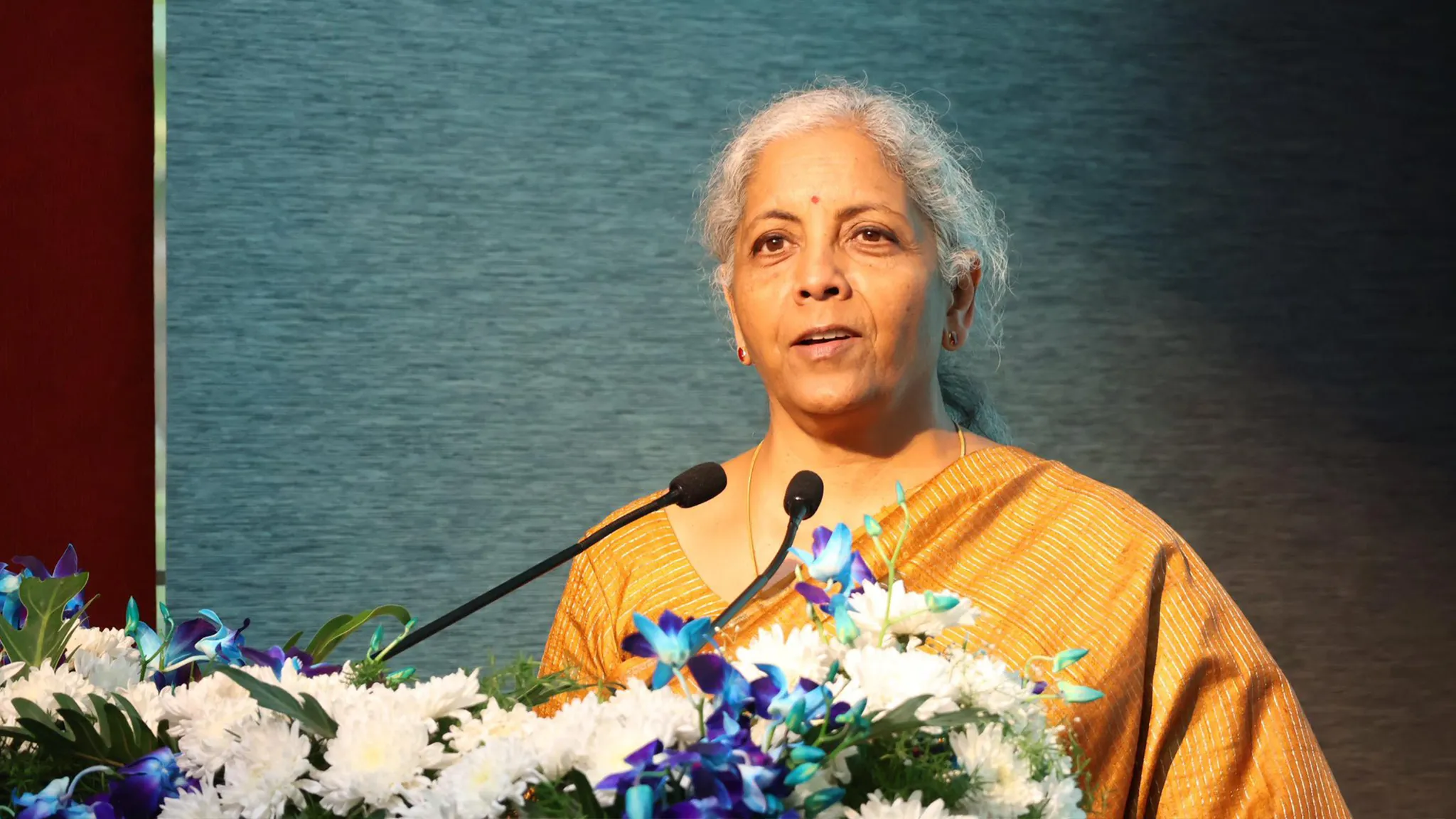India’s economic policymakers appear to be sending mixed signals as they attempt to balance growth aspirations with inflation anxieties. Recent pronouncements from Finance Minister Nirmala Sitharaman and Commerce Minister Piyush Goyal have brought the issue of borrowing costs into sharp focus. Sitharaman openly complained about the high interest rates in the country, while Goyal suggested a monetary policy rethink, advocating for interest rate cuts. These ministerial interventions arrive at a time when retail inflation is accelerating and economic activity shows signs of moderation.
High Rates and Growth Paradox
The crux of the ministers’ concern lies in the fact that India currently has some of the highest real interest rates among major global economies. This elevated cost of borrowing, while intended to keep inflation in check, can act as a dampener on economic momentum. For a government keen on infrastructure development and rapid economic expansion, high interest rates present a policy conundrum. The situation is particularly challenging as hopes for an economic rebound are now resting on the latter half of FY25, with consumption expected to be a major driver, contributing to a substantial 60% of India’s GDP.
MSME Push Needs Funding Fuel
Simultaneously, the government is aggressively pushing for increased lending to Micro, Small and Medium Enterprises (MSMEs), a critical sector for job creation and economic dynamism. Sitharaman announced ambitious targets for banks and NBFCs to ramp up MSME lending, setting an additional target of ₹1.54 lakh crore for FY25, over and above the business-as-usual estimate. This push is complemented by initiatives like collateral-free loans and a new digital footprint-based credit assessment model, aiming to ease access to finance for smaller businesses. However, the effectiveness of these measures could be undermined if the overarching borrowing costs remain stubbornly high.
RBI’s Tightrope Walk
The Reserve Bank of India (RBI) finds itself in a precarious position. While the government desires lower rates to stimulate growth and facilitate MSME financing, the central bank is primarily mandated to control inflation. The recent uptick in retail inflation makes any immediate rate cut unlikely. Markets have already pushed back expectations of rate cuts to 2025. The RBI will need to carefully weigh the risks of inflation against the need to support economic recovery. Companies like Vayana are attempting to bridge the financing gap for MSMEs, but broader systemic changes in borrowing costs will have a more significant impact on the sector’s growth trajectory.
Will the RBI prioritise growth over inflation in the coming months? The answer likely hinges on the inflation trajectory and global economic conditions. For now, businesses and borrowers will have to navigate a landscape of high interest rates and persistent uncertainty.










Leave a Reply